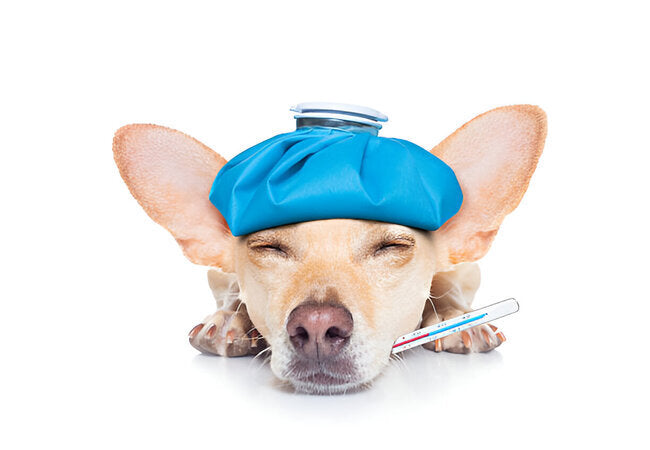Antifreeze Poisoning in Dogs (2025): Vet-Approved Emergency Signs & Care 🚨🐶

In this article
Antifreeze Poisoning in Dogs: Recognize and Respond in 2025 🧊🐶
Dr. Duncan Houston BVSc
1. Why Antifreeze Is Deadly
Most antifreeze contains ethylene glycol, a highly toxic compound that tastes sweet. Even small amounts (≈½ tsp per pound) can be fatal to dogs because it's rapidly absorbed and metabolized into harmful acids and crystals that damage the kidneys and nervous system.
2. Three Stages of Poisoning
Stage 1 (30 min–12 hr): Appears intoxicated—vomiting, staggering, drooling, increased thirst & urination, sometimes seizures.
Stage 2 (12–36 hr): Temporary seeming improvement, but kidneys are under attack—tachycardia, dehydration, acidosis.
Stage 3 (36–72 hr): Severe kidney injury—lethargy, anorexia, vomiting, oliguria or anuria, pain, seizures, and often fatal if untreated.
3. Quick Recognition Saves Lives
- Rapid intake of a toxic dose (e.g., puddle from a car) makes early symptoms critical.
- Vomiting, staggering, drooling, tremors, thirst & excessive urination are early warning signs.
- Even if symptoms briefly improve (Stage 2), internal damage progresses unnoticed.
4. Emergency Response Steps
- Act immediately: Contact your vet or Pet Poison Helpline—time window is critical (within ~8–12 hr).
- Induce vomiting (only under vet supervision): Hydrogen peroxide may be used within 1–2 hr; don’t attempt if unconscious or having seizures.
- Antidote administration: Fomepizole or Antizol-Vet blocks toxic metabolism—must be given early.
- Supportive care: IV fluids, activated charcoal, electrolytes; hemodialysis in severe cases.
- Hospital monitoring: Dogs often require intensive care and may need 24–72 hrs of observation.
5. Prognosis & Recovery
If treated early, full recovery is common. However, once kidney failure develops, lasting damage or death is likely; delayed treatment dramatically decreases survival.
6. Prevention Is Essential
- Use propylene glycol-based antifreeze—safer, bitter formulations exist, but still need safe storage.
- Check for leaks; clean spills with absorbent material, dispose securely.
- Store all coolant and related products out of pets' reach.
- Be cautious around vehicles, engine compartments, puddles, and winter tools.
7. When to Contact Your Vet
If your dog has ingested antifreeze (even a small amount) or shows symptoms—vomiting, incoordination, drooling, excessive thirst, abdominal pain, or seizures—seek immediate veterinary attention.
8. Ask A Vet Resources & Support
- 📱 Ask A Vet App – instant vet assistance for suspected antifreeze ingestion.
- 🎓 Emergency Response Webinars – step-by-step guides for first aid, antidote timing, and transport care.
- 🛠️ Woopf & Purrz Safety Kits™ – include emergency antidote info sheets, absorbent pads, and spill cleanup supplies.
9. Final Takeaway
Antifreeze contains ethylene glycol, a sweet, lethal toxin. Recognizing the three stages, acting within hours, and ensuring immediate veterinary care can save your dog's life. Prevent spills, choose safer coolant, and safeguard your pup—because awareness and speed are everything 🧊❤️🐾.
Suspect antifreeze ingestion? Visit AskAVet.com or open our app—expert care is one tap away.






